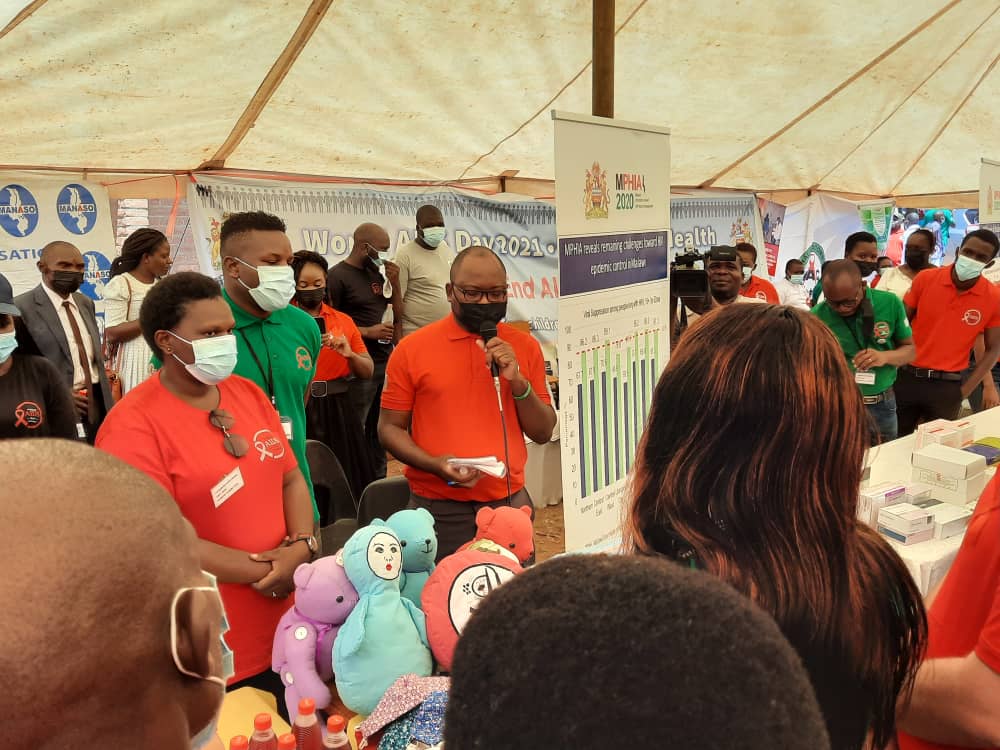Govt bemoans new HIV infection among youths
Deputy Minister of Health Chrissie Kalamula Kanyasho has bemoaned the rate of new HIV infection among the young population saying if not addressed, Malawi may not attain the 2030 goal of ending AIDS as a public health threat.
Speaking during World Aids Day Commemoration in Rumphi, Kanyasho said while the nation celebrates strides in responding to HIV and AIDS by surpassing the 90:90:90 targets which were set by
UNAIDS, recently there has been an increase in HIV infection among young men and women.

The 2020 HIV epidemiological estimates by the National Aids Commission (NAC) indicate that 33 percent of all new HIV infections are among the youth aged between 15 and 25.
“This is worrisome considering that this age group is key for national development. It is
therefore important that all stakeholders in the HIV and AIDS response focus their interventions on specific vulnerable groups which include men, adolescent girls and
young women.
“These groups are at risk of contracting HIV due to social-cultural and economic
factors, limited access to sexual and reproductive health rights, gender-based violence and sexual harassment,” said Kanyasho.
She further said to attain the aspiration of the HIV Strategic Plan, the country needs a collective effort towards the
response by involving local and religious leaders, communities and all other stakeholders.
“Additionally, the need to end all forms of inequalities, stigma and discrimination requires urgent attention,” she said.
In his remarks, representing Civil Society Organizations in the fight against HIV and AIDS, Malawi Network of Aids Services Organisation ( Manaso) board chairperson Maziko Matemba concurred with Kanyaso saying the increased rate of new HIV infection among the young population is scary.
He said adolescent girls and young women (AGYW) account for 74 percent of new HIV-AIDS infections in Malawi adding that HIV-AIDS incidence is 8 times higher among AGYW than among adolescent boys and young men (ABYM) which points to the fact that more young girls are being infected by older men.
He attributed the challenge to culture and inadequate HIV prevention financing.
“Our assessment through Civil Society shadow reporting shows that Malawi only allocates 9 percent of the overall HIV funding towards prevention against a 25 percent global recommendation. This should be of concern to all of us,” said Matemba.
He further appealed to the government to fulfil the African Union commitment of increasing the health budget to 15 percent.
The Manaso chair called for Malawi to sustain the positive gains of the attainment of UNAIDS targets of 95 95 95 by striving to reduce new infections among the vulnerable population, increase HIV Prevention financing, Incorporate CSOs and community health volunteers in HIV Contact tracing and drug adherence at all times.
Globally, World AIDS Day is commemorated on 1st December every year. The day was set aside by the World Health Organization to raise awareness about HIV and AIDS prevention, treatment, care and support.
This year, the day is being commemorated under the theme “End inequalities, End AIDS, End Pandemics”.





